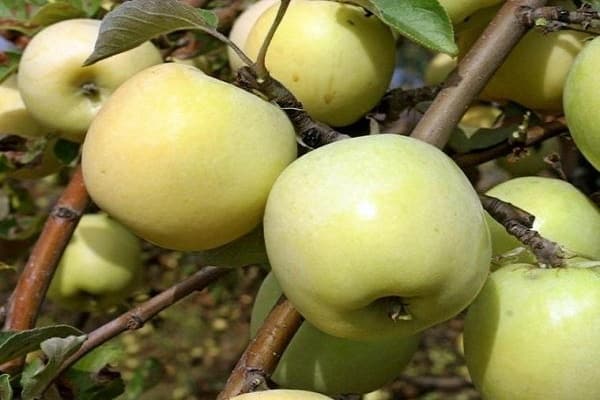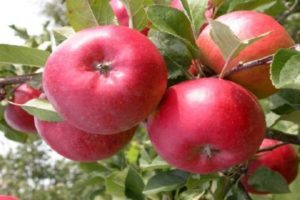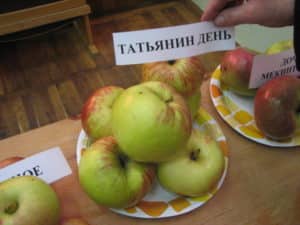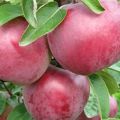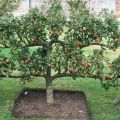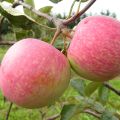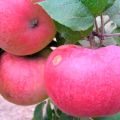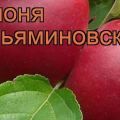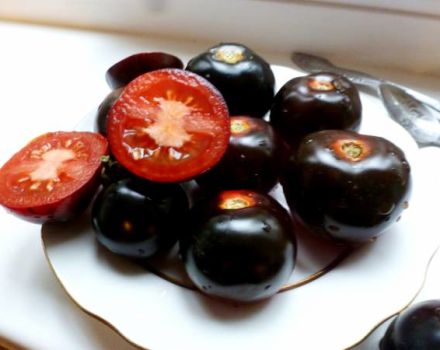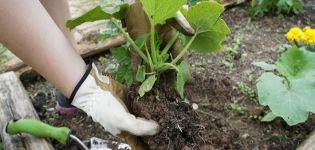Detailed description and main characteristics of the Martovskoe apple variety
The apple tree of the Martovskoye variety is considered one of the most durable varieties. Named due to the long-term preservation of the presentation. With the right approach to care and cultivation, juicy and sweet apples retain their appearance and taste until March. Due to its high productivity, the variety is grown not only by amateur gardeners, but also by large commercial producers.
Breeding history
The variety was obtained by Soviet scientists by crossing the American Macintosh variety with the Soviet Antonovka. Plants over 10 years old were chosen for crossing.
At the beginning of the work, breeders pollinated 18 trees, but for secondary pollination, pollen was collected from 11 of the most successful specimens. After repeated pollination, the scientists received the seeds of a new variety.

In the 70s, the apple tree passed the state test:
- seed stratification;
- hardening of seedlings in cities with a harsh climate.
The hybrid entered the state register after 20 years and immediately gained popularity among gardeners and industrialists for its cold resistance, taste, keeping quality and productivity.

Description of the apple tree March
Features of the variety: tall, fast-growing and unpretentious. An adult tree grows up to 7 meters, forming an elongated, not spreading crown. Strong skeletal branches are directed at almost 90 degrees. The branches of the 2nd and 3rd orders are located compactly at an acute angle. The bark is smooth, light brown in color.
The leaf is large, oblong, rich olive color. The tip is shortened and twisted, the edges are slightly raised with small teeth. The surface is smooth with hardly noticeable roughness.
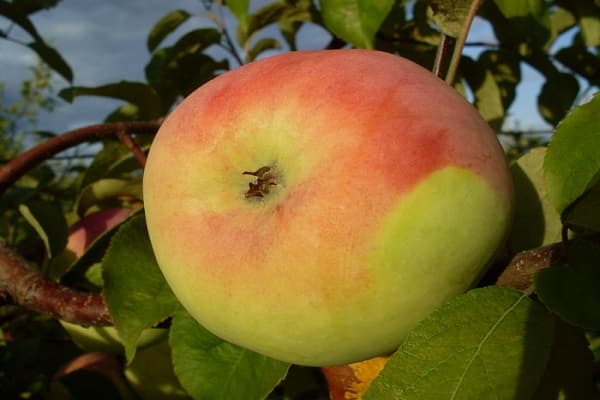
Snow-white flowers with a subtle scent of small size, oblong petals.
Large fruits reach up to 200 grams, are evenly distributed throughout the tree. Rounded apples have a thin, smooth skin, white, juicy flesh and sweet and sour taste. The fruits are olive-colored with well-defined subcutaneous punctures.
100 grams of the product contains:
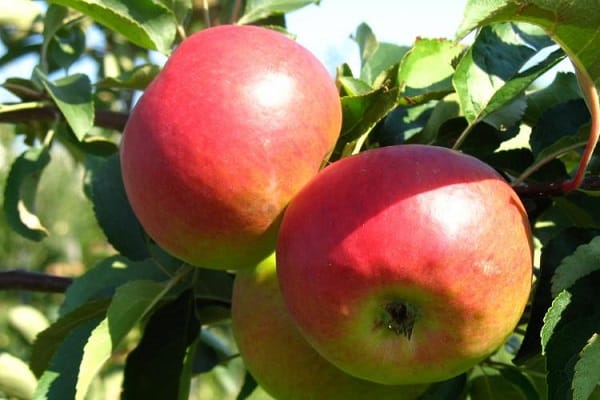
- ascorbic acid - 17.6 mg;
- sugar - 11.7 mg;
- P-active substances - 223 mg.
Thanks to the detailed description, you can determine for yourself whether a variety is suitable for growing in a personal plot or not.

Varieties
The apple tree can be grown on different types of rootstocks: dwarf or columnar varieties.
Dwarf
The apple tree does not lose all its advantages and positive qualities when grafted onto a dwarf rootstock. With this rootstock, harvesting begins 4 years after planting. Even if fruiting is not constant or high-yielding, efficiency comes with saving space and reducing planting waste.
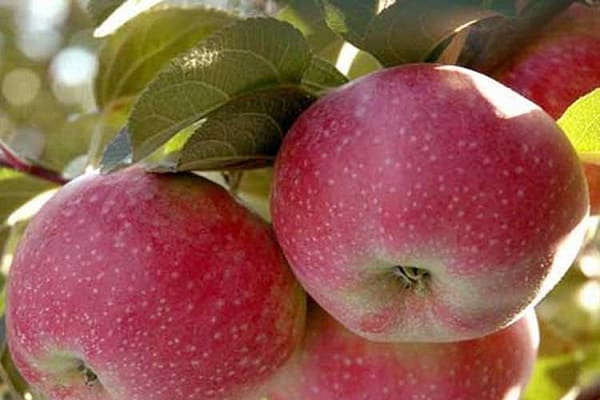
Dwarf trees are planted at a distance of 3 meters from each other.
Low-growing trees have two disadvantages:
- not frost resistance;
- fragility.

Columnar
This species is small in size and does not have highly developed lateral shoots. Fruiting occurs at 3 years.
Columnar trees do not require much space. They form hedges and hide unsightly places in the garden. The distance between plantings should be at least 1.5 meters. The plant should be provided with drip irrigation, especially in the southern regions.
Columnar species have two drawbacks - they are not long lifespan and instability to severe frosts.
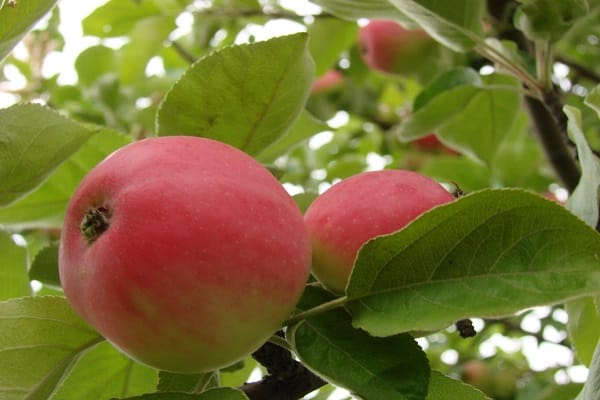
Pros and cons of the variety
Like every variety, the Martovskaya apple tree has its own positive and negative characteristics.
The positive include:
- yield;
- resistance to harsh climates;
- drought resistance;
- keeping quality and transportability.

Disadvantages of the variety:
- low immunity to scab;
- uncomfortable ripening of fruits;
- an unripe crop is not suitable for long-term storage;
- due to its high growth, it is difficult to perform crown formation.
Main characteristics
The variety has gained popularity for its cold hardiness and early maturity.
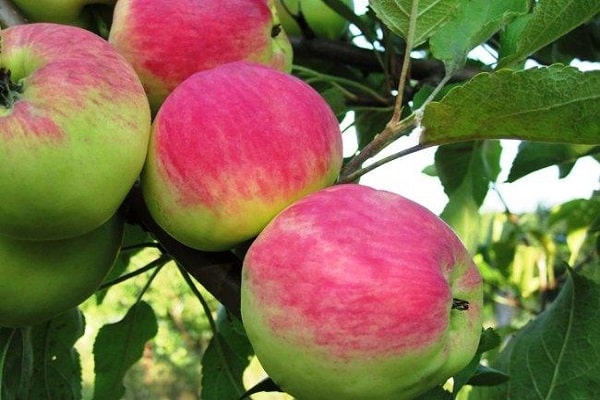
Apple tree size
Apple-tree Martovskoe is a tall variety, reaches up to 7 meters, with a large annual growth. The crown is pyramidal, not spreading. The branches are large, located almost perpendicular to the trunk.
The frequency of fruiting
Seedlings, with proper care, begin to bear fruit from 3-4 years of age. To harvest a generous crop, the tree must be fertilized twice a season: in the spring - before bud break and during the fruiting period.
The fruits are evenly distributed and appear both on the main shoots and on the ringlets.
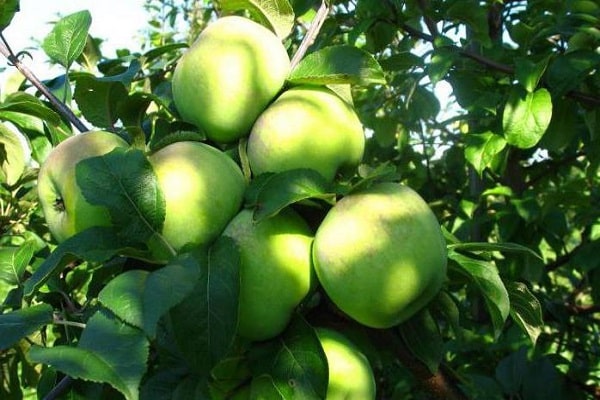
Productivity and fruit assessment
Young seedlings bear fruit regularly, with age there is a slight cyclicality. At the age of 10, the tree is capable of giving up to 50 kg of apples.
To obtain a generous harvest, pollinators are planted nearby: Sinap Severny, Bogatyr or Ranet Chernenko.
Taste quality is high, apples are harvested in mid-October and stored for up to six months. Marketability is high, at 92%.

Winter hardiness
The variety has cold resistance at the genetic level. In severe frosts, minor frost damage is possible, which quickly recover during the growing season.
Diseases and pests
Disease resistance is estimated at 3.7 points. In regions with a dry climate, the tree rarely suffers from viral and fungal diseases.
In unfavorable weather, diseases spread quickly, affecting the leaf blade and the crop, which impairs the presentation and taste.
If the rules of care are not followed, the apple tree often appears:
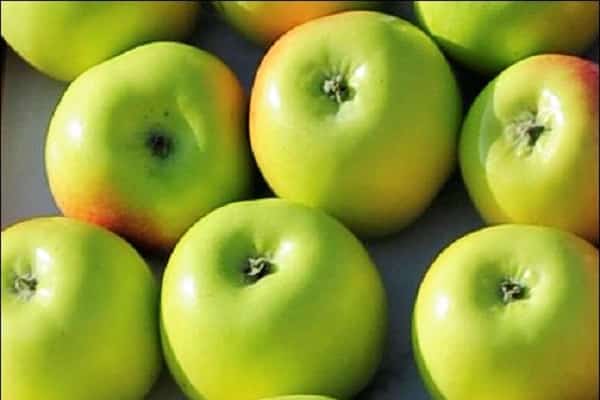
- aphid;
- leaf roll;
- apple moth;
- color beetle;
- scab;
- cytosporosis;
- powdery mildew;
- bacterial rot.
In order not to face diseases and pests, in the spring, before and after flowering, the tree must be sprayed with fungicides.
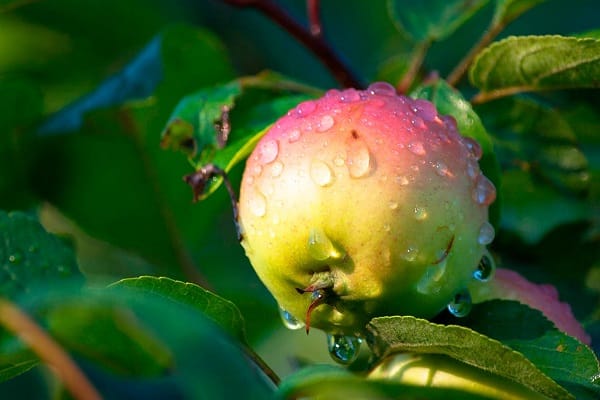
Growing regions
Natural region of growth - Central Russia. But due to its high frost resistance, the variety can be grown in all regions of Russia.
The tree grows well in moist soil, at an average temperature level, but thanks to genes, it thrives in dry and hot climates. In this case, the plant needs regular watering, loosening and mulching of the trunk circle.
The Martovskoe variety is popular because of its high productivity, frost resistance and ease of cultivation.Its long shelf life and good transportability make it perfect for backyard and commercial production.
